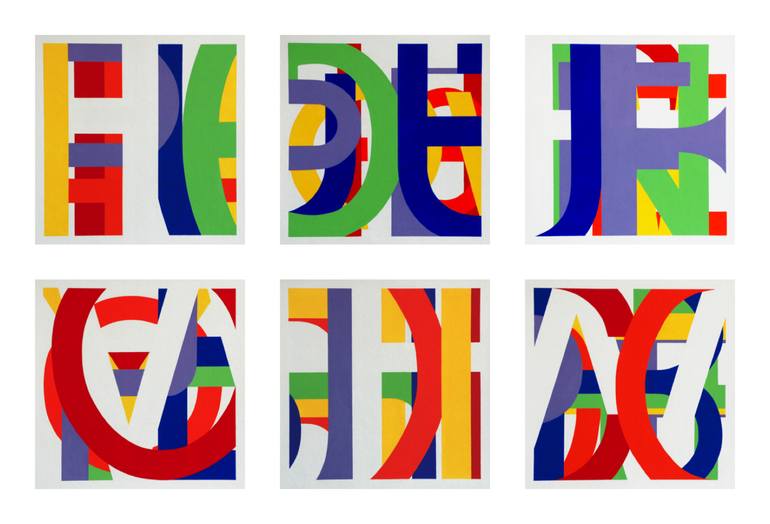Search
Close

Something that stands for something, to someone in some capacity: signs, meaning, intentionality
 “The actions of billiard players, people in general, nonhuman animals, and even plants when seen in the right time frame, are patently intentional, both in the more precise sense used by philosophers in the line of Husserl and Merleau-Ponty, and in the more everyday sense referring to an act carried out for some purpose, something the actor means to do. Here ‘means’ is of more than usual significance. Used in human terms, the word is Janus-like; it faces both towards and away from the human subject. It stands for the interpretation given to the sensory impressions received from the world around us. Of all these things it can be asked: ‘What do they mean?’ It also stands for purposiveness. When we act with an aim in mind, we say of that action that it is something we ’mean’ to do. In meaning an action we own it, which is something that even quite young children know. A child who realizes that something they’ve done has got them in to trouble will probably try to disown the act by saying ‘I didn’t mean it.’
“The actions of billiard players, people in general, nonhuman animals, and even plants when seen in the right time frame, are patently intentional, both in the more precise sense used by philosophers in the line of Husserl and Merleau-Ponty, and in the more everyday sense referring to an act carried out for some purpose, something the actor means to do. Here ‘means’ is of more than usual significance. Used in human terms, the word is Janus-like; it faces both towards and away from the human subject. It stands for the interpretation given to the sensory impressions received from the world around us. Of all these things it can be asked: ‘What do they mean?’ It also stands for purposiveness. When we act with an aim in mind, we say of that action that it is something we ’mean’ to do. In meaning an action we own it, which is something that even quite young children know. A child who realizes that something they’ve done has got them in to trouble will probably try to disown the act by saying ‘I didn’t mean it.’
Thus, ‘meaning’ brackets subjectivity, since it is used to stand for what the world does to the subject and what the subject does to the world. Meaning, in these senses, is bound up with signs. What a sign ‘means’ is what it stands for. As C.S. Peirce put it, with uncharacteristic simplicity, a sign is ‘something that stands for something, to someone in some capacity.’”
The above passage comes from a chapter titled, Whitehead, Biosemiotics, and Value written by, John Pickering, from the book Nature in Process: Organic Proposals in Philosophy, Society, and Religion. It’s really good. Pickering’s chapter brings together insights from Whitehead, C.S. Peirce and biosemiotics to construct an integrated ecology that “renders coherent the normative world of human values, which must otherwise appear to be an alien feature in a mechanical cosmos devoid of value.” And although I am somewhat familiar with Peirce I’ve never studied his thought very closely so I’m happy to be doing more of that!
…
Painting above by Canadian artist Todd Shulz
0 Comments